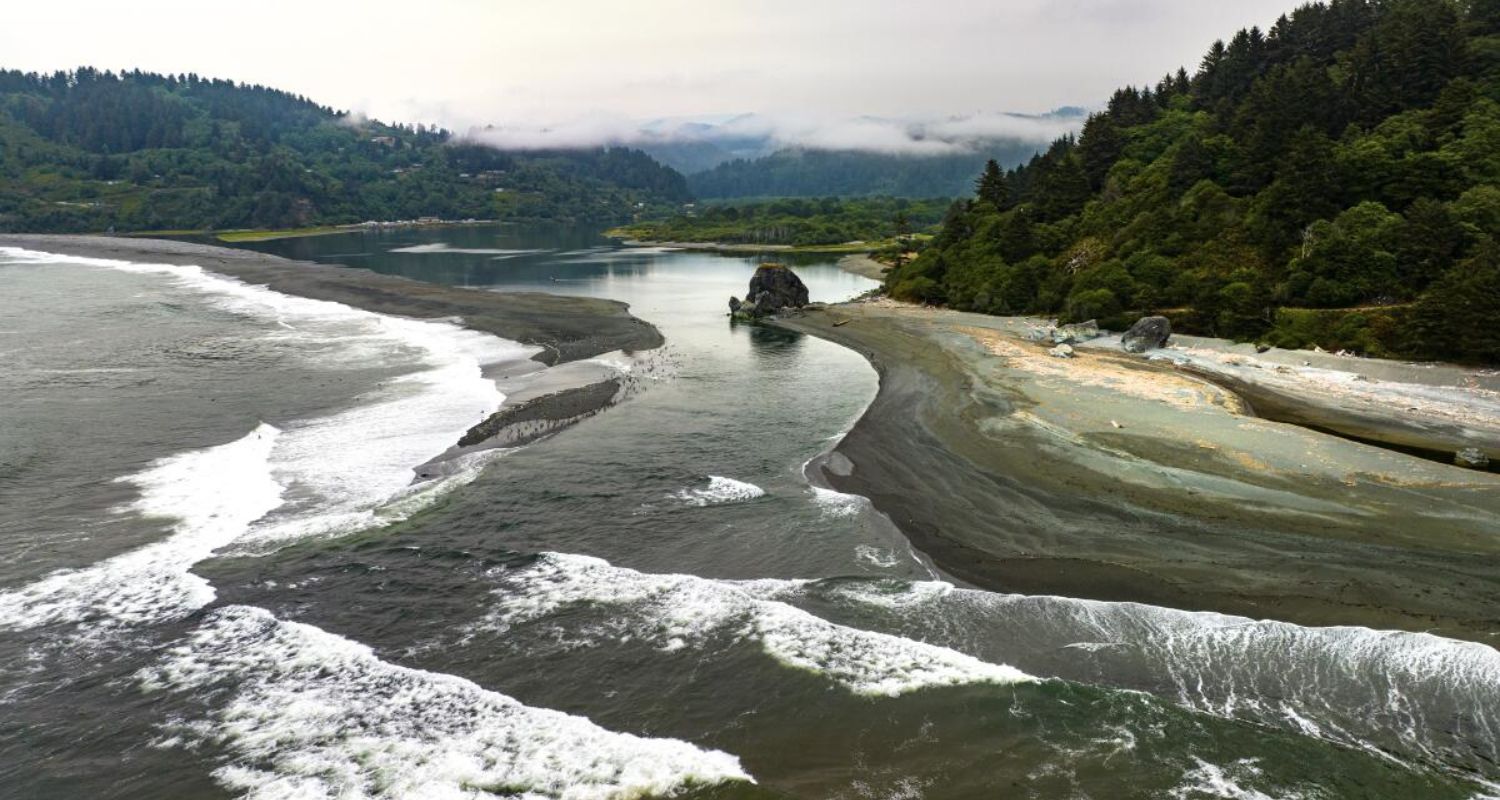After two decades of unwavering dedication, the Native American tribes of Oregon and Northern California’s Klamath Basin have achieved a monumental victory in their quest to restore the revered Klamath River.
The imminent removal of four hydroelectric dams, long regarded as existential threats to both indigenous communities and the endangered salmon population, stands as a landmark achievement applauded by environmental advocates nationwide.
Central to this triumph is the spiritual nexus of the Karuk tribe, personified by Ron Reed’s steadfast presence on a bridge in Somes Bar. Amidst the tranquil embrace of the Klamath River’s flow, Reed extends an invitation to “listen to the river,” honoring indigenous traditions deeply rooted in reverence.
For the Karuk and neighboring tribes, the river and its cherished salmon embody sacred connections, emblematic of ancestral ties and essential sustenance for survival.
Spanning 420 kilometers from Oregon’s volcanic Cascade Range to the Pacific Ocean, the Klamath River bears the scars of human intervention dating back to the construction of its inaugural dam in 1912.
Subsequent installations—including Copco 2, J.C. Boyle, and Iron Gate—further disrupted the river’s natural rhythm, imperiling fragile ecosystems and imperiling indigenous ways of life.
Today, a wave of transformation sweeps through the Klamath Basin as efforts to dismantle these barriers gain momentum. With reservoirs emptied since January, preparations for the dams’ removal mark a historic endeavor—the largest of its kind in U.S. history.
As concrete impediments vanish, the river prepares to reclaim its original course, breathing life into habitats and reinstating ecological equilibrium.
Beyond the physical act of dismantling, this triumph signifies a hard-won victory for the “salmon people” against entrenched opposition. For over twenty years, indigenous tribes have waged a tireless battle against vested interests, rallying allies to champion the river’s revival and safeguard their cultural heritage.
Today, their perseverance heralds a new era for the Klamath Basin—a chapter defined by collaboration, conservation, and reverence for indigenous sovereignty.
As the Klamath River flows freely once more, it carries forth the dreams and aspirations of generations past and present. In its rejuvenated waters, the indomitable spirit of the salmon people endures—a testament to the enduring bond between indigenous communities and the natural world.

